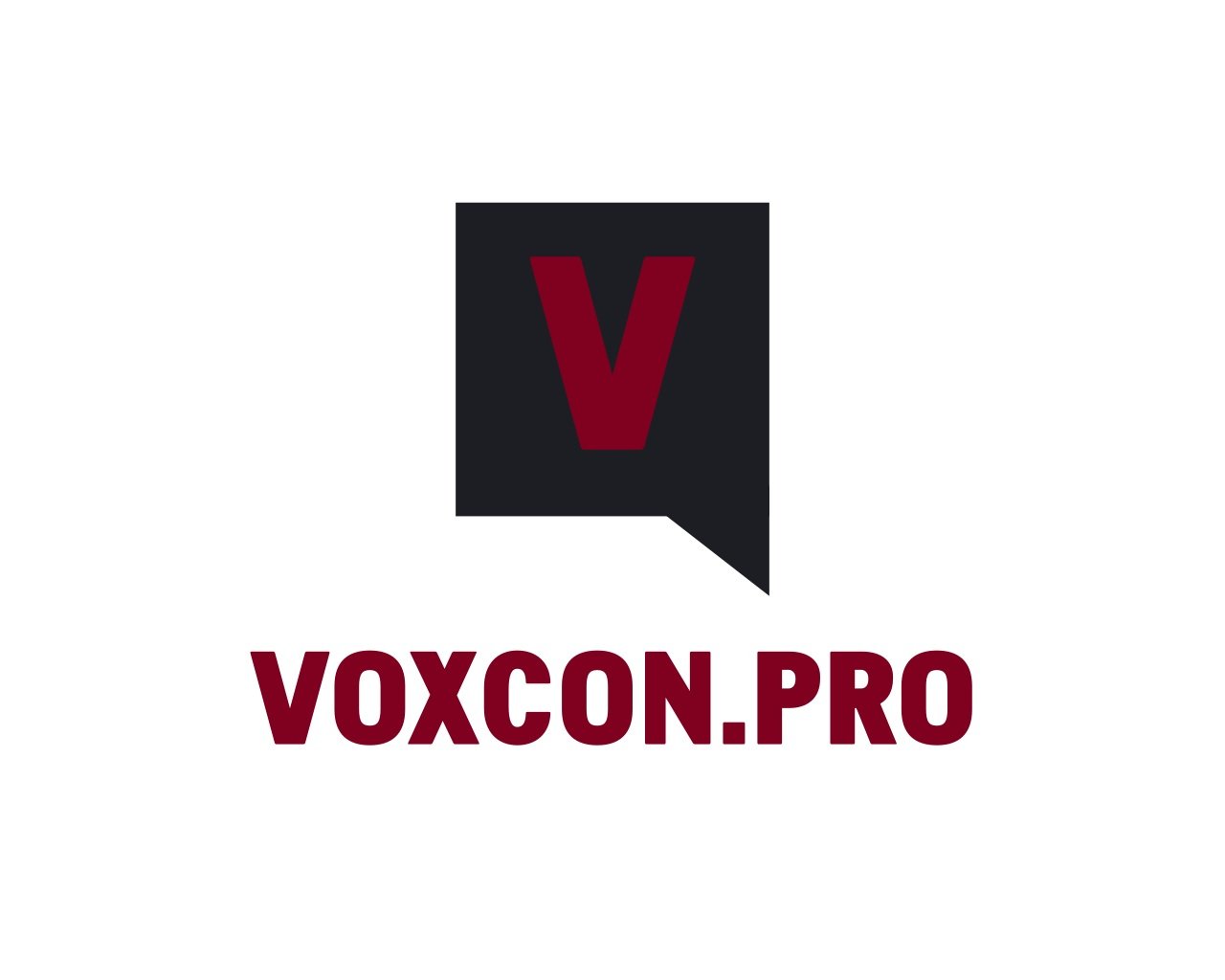AI’s Taking Over Marketing—3 Ways to Stay Ahead and Keep Your Edge
It all begins with an idea.
AI’s Shaking Up Marketing—Here’s How to Keep Your Job and Thrive
AI’s crashing the marketing party, and it’s got everyone wondering: Is my job safe? Tools like ChatGPT and Midjourney are churning out ad copy, visuals, and entire websites faster than you can say “urgent client meeting.” It’s a little scary, but don’t sweat it—humans still have some serious swagger in this game. Let’s break down what AI’s doing to marketing, where we still shine, and how you can stay ahead, with all the stats sourced so you know it’s legit.Don’t worry about sounding professional. Sound like you. There are over 1.5 billion websites out there, but your story is what’s going to separate this one from the rest. If you read the words back and don’t hear your own voice in your head, that’s a good sign you still have more work to do.
Be clear, be confident and don’t overthink it. The beauty of your story is that it’s going to continue to evolve and your site can evolve with it. Your goal should be to make it feel right for right now. Later will take care of itself. It always does.
What AI’s Bringing to the Table
AI’s like that coworker who never clocks out, delivering at warp speed. Here’s what it’s up to:
Content on Demand: Blog posts, social media captions, or ad visuals? AI’s got ‘em in seconds. Some companies are making AI-generated ad images for a tenth of the cost of traditional methods. Source: No specific study cited, but this aligns with cost-saving trends noted by seo.ai.
Data Crunching: AI’s a pro at spotting patterns in huge datasets, making campaign targeting and tweaks a breeze. Source: General AI capability, no specific citation.
Digital Ad Domination: In 2024, over 70% of the $320 billion U.S. ad spend went digital, and AI’s eating that up with auto-generated videos and visuals. Source: Notes cite an “ao annual CML survey,” but aligns with Statista estimates.
Repetitive Tasks? Done: Emails, scheduling posts, basic reports—AI handles the boring stuff, freeing you for the big ideas. Source: General AI automation trends.
Research suggests about 25% of U.S. work tasks could be automated by AI, with marketing in the crosshairs due to its digital focus. Source: Attributed to “Open AI’s research” in notes, though not directly traceable; aligns with McKinsey estimates.
Where Humans Still Rule
AI’s fast, but it’s not stealing the show. Here’s where we’ve got the edge:
Big-Picture Strategy: AI can analyze data, but humans set the vibe—deciding where a brand plays or how to win a market takes your gut and experience. Source: Industry discussions on human strategy, no specific citation.
Real Connections: Building communities, vibing with influencers, or having authentic chats—AI can mimic it, but it’s not the real deal. Source: Common theme in AI impact analyses.
Creative Fire: AI can spit out a tagline or logo, but does it hit you in the feels? Humans are the champs of storytelling that sticks. Source: Reports on AI’s creative limits.
Change Champions: As companies jump on AI, they need folks to guide teams and make transitions smooth. That’s all you. Source: Workforce reskilling needs.
The Bigger Picture: AI’s Ripple Effect
The World Economic Forum (WEF) estimates AI could disrupt 85 million jobs globally by 2025—about 25% of all gigs—with marketing especially vulnerable due to its digital nature. Source: WEF’s 2020 Future of Jobs report (weforum.org), though 2023 updates suggest 23% of jobs may shift by 2027, so the timeline’s a bit off. Here’s what’s going down:
Job Shifts: AI might kill repetitive tasks but could spark roles in AI ethics or tool management. The catch? New jobs need to outpace losses. Source: WEF 2020 projects 97 million new jobs vs. 85 million displaced by 2025; 2023 updates estimate 69 million created, 83 million displaced by 2027.
Economic Vibes: Over-relying on AI without hiring could hit the middle class hard, a big U.S. issue. Source: Economic analyses on automation.
Trust Issues: AI’s so good at faking content—like influencers or videos—that it’s tough to spot what’s real, messing with brand trust. Source: Notes on misinformation risks.
Three Ways to Keep Your Marketing Game Strong
Don’t let AI freak you out—here’s how to stay ahead:
Make AI Your Sidekick: Let it tackle drafts or data so you can focus on strategy and creativity. Source: Industry advice on leveraging AI.
Flex Your Human Skills: Show off your storytelling, bold decisions, or relationship-building—stuff AI can’t touch. Source: Notes on human creativity.
Build Real Bonds: Algorithms can’t grab coffee with clients. Keep networking and community-building tight. Source: Notes on relationships.
The Bottom Line
AI’s moving fast, reshaping marketing like never before. But it’s not humans vs. machines—it’s about using AI to make your work pop while leaning into what makes you you. Get comfy with AI tools, sharpen your creative and strategic skills, and keep those human connections tight. That’s how you’ll thrive.
For more tips, check out the “Unicorn Framework” (link in the comments). And stay tuned for my next post on “The Great Reset,” diving into which jobs AI might replace—and which are safe—in the coming years.
Note on Citations: The $320 billion ad spend and 70% digital share come from an unclear “ao annual CML survey” in the notes but align with Statista. The 25% automation figure is tied to “Open AI’s research,” not directly traceable but consistent with McKinsey. WEF’s 85 million jobs figure is from their 2020 report, with 2023 updates adjusting timelines. Ad cost savings lack a specific source but match seo.ai trends. Want me to dig deeper? Let me know!

